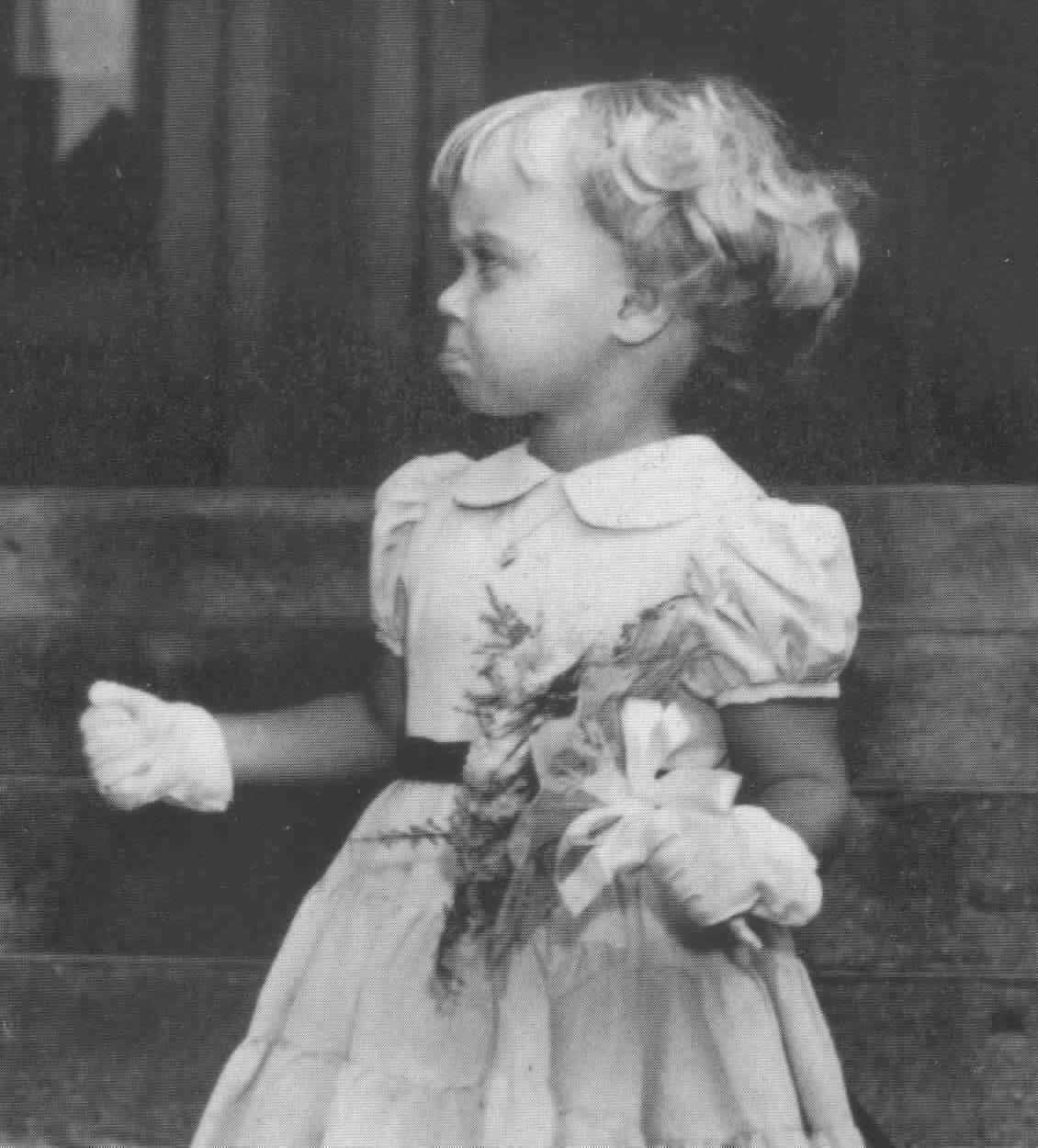LIP-POUT

Facial expression. To push the lower lip against the upper in a protruded look of disappointment, displeasure, sadness, or uncertainty.
Usage: 1. Children throughout the world pout in sadness, frustration, and uncertainty. 2. Adults unthinkingly pout--or show fragments of the pouting cue (esp., contractions of the chin muscle [or mentalis])--when disagreeing with comments presented face-to-face, e.g., at a conference table. 3. In courtship, men and women may unwittingly evert their lips in a pouty look to signal harmlessness and availability (see LOVE SIGNAL).
Anatomy. We pout by contracting our chin's mentalis muscle, in tandem with direct labial tractor muscles of the lower lip (depressor labii inferioris and platysma pars labialis). Pouting closes off the lower face a. by pressing the lips together, b. by pressing the tongue against the palate, and c. by constricting the pharynx in preparation to swallow (see ADAM'S-APPLE-JUMP) or cry.
Evolution. The lower lip everts and pushes upward in a familiar
movement used first in nursing, and later in drinking from cups, glasses, and
straws. As a feeding-related sign,
pouting has roots in the mammalian sucking reflex. The lip-pout is
often a component of the shoulder-shrug display.
U.S. politics.
Photos of President Bill Clinton taken during the Monica Lewinsky scandal often
exhibit tense-mouth pouting and contraction of his chin's mentalis muscle (see
TENSE-MOUTH).
RESEARCH REPORTS: 1. ". . .protrusion of the lips, especially with young children, is characteristic of sulkiness throughout the greater part of the world" (Darwin 1872:237). 2. The lip-pout has been observed as a mood sign in old world monkeys and apes (van Hooff 1967). 3. Pouted lips are used as submissive signals in Bushman and deaf-and-blind-born children (Eibl-Eibesfeldt 1973, 1975), and in adults expressing shameful moods (Izard 1971). 4. A brief pout or mouth shrug (Morris 1994) reveals doubt or uncertainty (even as one says, e.g., "I am absolutely sure").
Neuro-notes. The lip-pout's feeding connection suggests control by diverse areas of the hindbrain (medulla and pons), midbrain, and forebrain (amygdala and hypothalamus). According to Cytowic (20XX), “One elicits a ‘mental reflex’ in clinical neurology, a contraction of the mentalis muscle, by stroking the edge of the palm while observing the chin (there is a neural connection between the two). The reflex is present in all newborns. In adults, the normal response is no contraction” (https://www.psychologytoday.com/intl/blog/the-fallible-mind/201602/how-your-lie-detector-chin-gives-away-the-naked-truth). Electromyographic studies show "fairly continuous activity" in the chin's mentalis (Gray's Anatomy, 38th edition, 1995:795), reflecting a close link between this muscle and emotions of the mammalian brain.
See also LIP-COMPRESSION, LIP-PURSE.
Copyright 1999 - 2023 (David B. Givens/Center for Nonverbal Studies)
Vintage photo of pouting flower girl (copyright 1955, Museum of Modern Art, New York [from the Museum's classic book, The Family of Man])